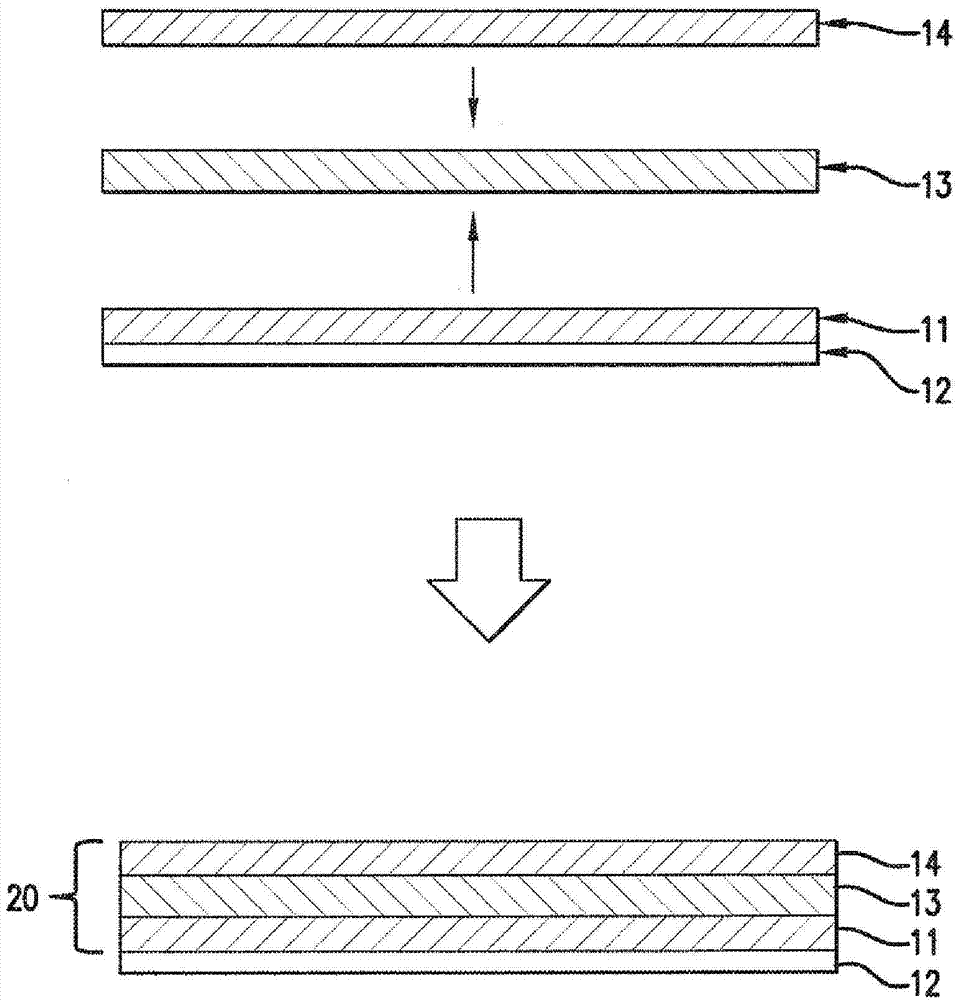Conductive surfacing material for composite structures
A surface material and composite structure technology, applied in conductive materials dispersed in non-conductive inorganic materials, thin material treatment, epoxy resin coatings, etc. And other issues
- Summary
- Abstract
- Description
- Claims
- Application Information
AI Technical Summary
Problems solved by technology
Method used
Image
Examples
example
[0064] The following examples present specific examples of conductive surface materials according to the invention and are not intended to limit the scope of the invention in any way.
[0065] Nine resin films were prepared based on the formulations (1 to 9) shown in Table 2. All amounts are in percent by weight.
[0066] Table 2
[0067]
[0068]
[0069] Each resin film was prepared by adding the components disclosed in Table 2 to a mixing vessel and mixing the components using a laboratory high shear mixer. Add the epoxy first. When necessary, MEK is added as a solvent to the epoxy resin mixture to adjust the rheology and solids content of the composition. Subsequently, a toughening agent (pre-reacted adduct and / or PES-PEES copolymer) is added to the epoxy resin. In some surface films (Recipes 4 to 7), a conductive additive (silver flakes or Ag-Cu flakes) was also added to the mixing vessel. Additionally, ceramic microspheres, fumed silica, and UV stabilizers (in...
PUM
 Login to View More
Login to View More Abstract
Description
Claims
Application Information
 Login to View More
Login to View More - R&D
- Intellectual Property
- Life Sciences
- Materials
- Tech Scout
- Unparalleled Data Quality
- Higher Quality Content
- 60% Fewer Hallucinations
Browse by: Latest US Patents, China's latest patents, Technical Efficacy Thesaurus, Application Domain, Technology Topic, Popular Technical Reports.
© 2025 PatSnap. All rights reserved.Legal|Privacy policy|Modern Slavery Act Transparency Statement|Sitemap|About US| Contact US: help@patsnap.com



